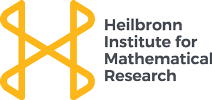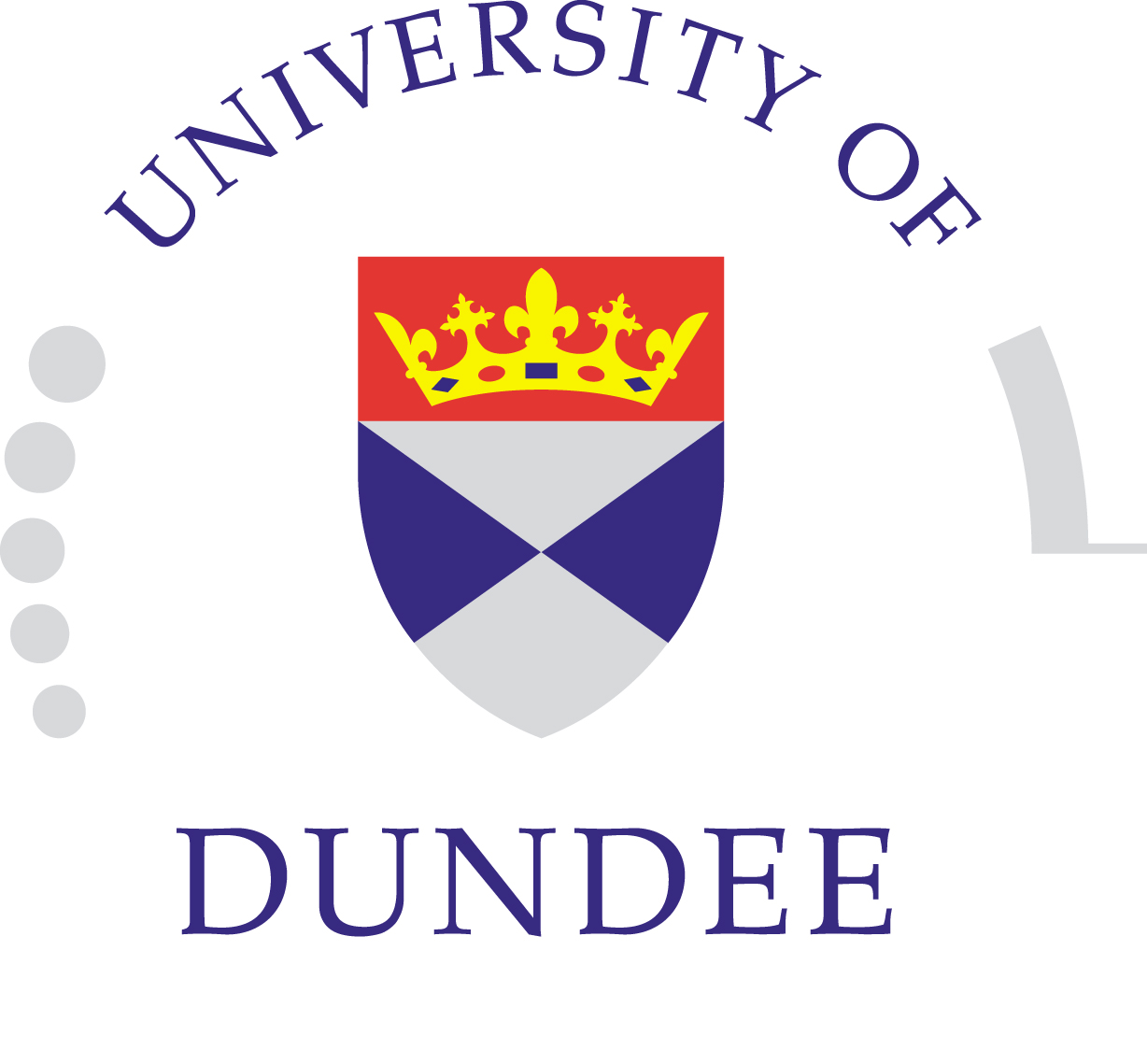






Schrödinger equations: Asymptotics, Integrability and Beyond
First workshop: Bristol, 28 March 2017
Coffee
10:00-10:50 Vitaly Moroz (Swansea)
Nonlinear Choquard equations
11:00-11:50 Gennady El (Loughborough)
Rogue waves and the semi-classical limit of the focusing NLS equation
12:00-13:00 Lunch
13:00-13:50 Davide Proment (East Anglia)
Superfluid turbulence in the Gross-Pitaevskii (NLS) model for Bose-Einstein condensates
There will be time for informal discussions during the meeting.
This is an open meeting, supported by an LMS Network (Grant 31627), the University of Bristol, and the Heilbronn Institute. If you are interested in attending this meeting, please email Agis Athanassoulis for more information about possible support for travel/accommodation.
Travel information is here. Where possible, accommodation will be arranged in The Rodney Hotel.
Check out the Distinguished Lectures Series by Prof. M. Zworski, taking place on March 27 - 29.
Abstracts:
Vitaly Moroz, Nonlinear Choquard equations: The Choquard equation, also known as the focusing Hartree equation or nonlinear Schrodinger-Newton equation is a stationary nonlinear Schrodinger type equation where the nonlinearity is coupled with an attractive nonlocal convolution term. We present a survey of recent mathematical results on the Choquard type equations. First, we discuss sharp Liouville theorems on nonexistence and apriori decay rate of positive supersolutions. Then we present results on the existence, positivity, symmetry and optimal decay properties of ground state solutions and semiclassical solutions, under various assumptions on the external potential and the shape of the nonlinearity. This is based on a series of joint works with Jean Van Schaftingen (Louvain-la-Neuve, Belgium).
Gennady El, Rogue waves and the semi-classical limit of the focusing NLS equation: Rogue waves appearing on deep water or in optical fibres are often modelled by certain breather solutions of the focusing nonlinear Schrödinger (NLS) equation which are referred to as solitons on finite background (SFBs). Recent works on the semi-classical limit of the NLS equation strongly suggest that a more general modelling of rogue waves can be achieved via the consideration of multiphase, or finite-band, NLS solutions of whom the standard SFBs represent particular, degenerate, cases. A generalised rogue wave notion then naturally enters as a large-amplitude localised coherent structure, a "fluctuation" occurring within a finite-band fNLS solution due to a particular phase configuration. In my talk I will present an overview of recent theoretical and experimental results on rogue waves inspired by the semi-classical analysis of NLS equation.
Davide Proment, Superfluid turbulence in the Gross-Pitaevskii (NLS) model for Bose-Einstein condensates: I will explain what is a Bose-Einstein condensate and introduce the easiest model to study its dynamics: the Gross-Pitaevskii equation, that is a three-dimensional nonlinear Schroedinger (NLS) equation having, usually, defocusing sign. I will discuss why the NLS equation models a superfluid and how topological defects in the form of quantised vortex lines arise naturally in this system. I will show how these coherent structures nonlinearly interact, reconnect and evolve. In particular, I will introduce the concept of superfluid turbulence (sometimes known as quantum turbulence) in this model, and explain what are the main results and key open questions in this area.
Local organisers:
Roman Schubert
Francoise Blake